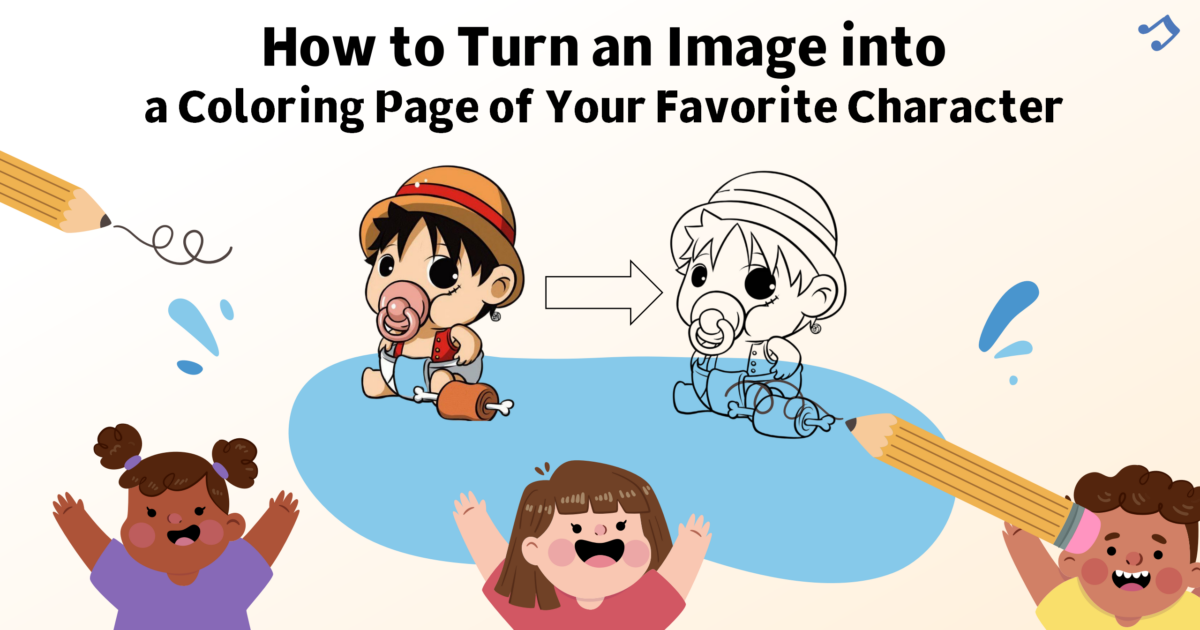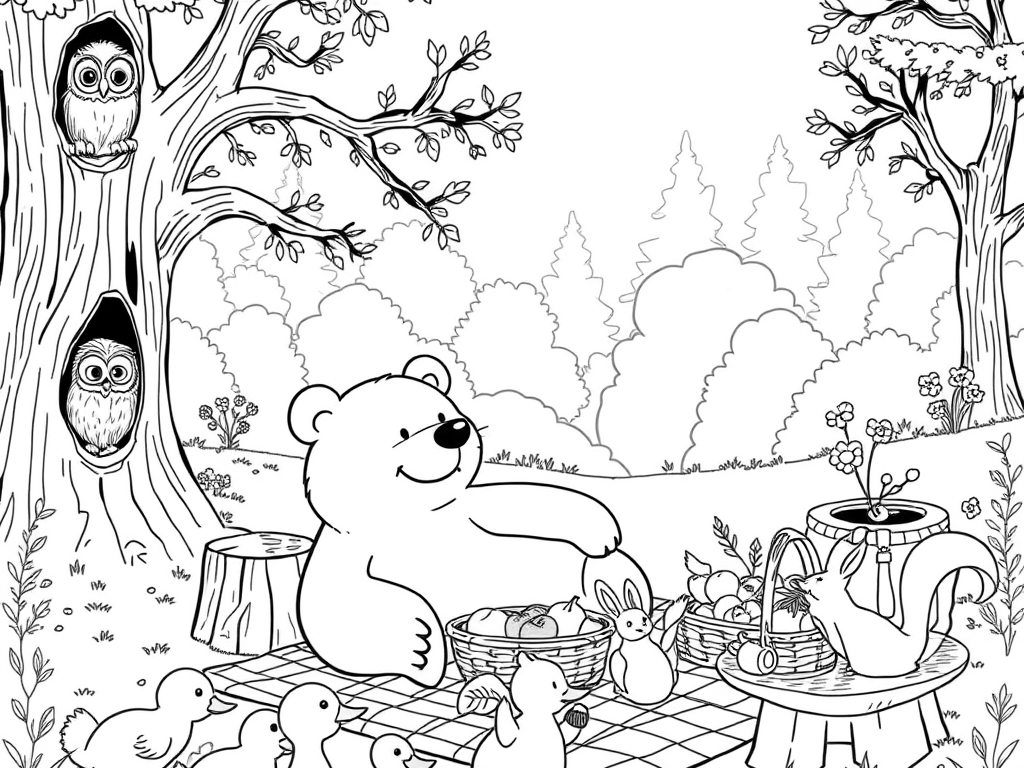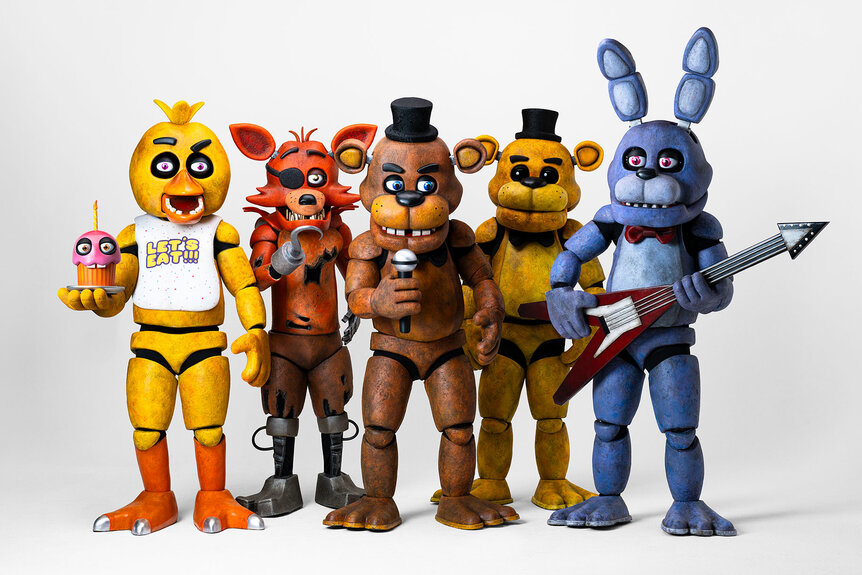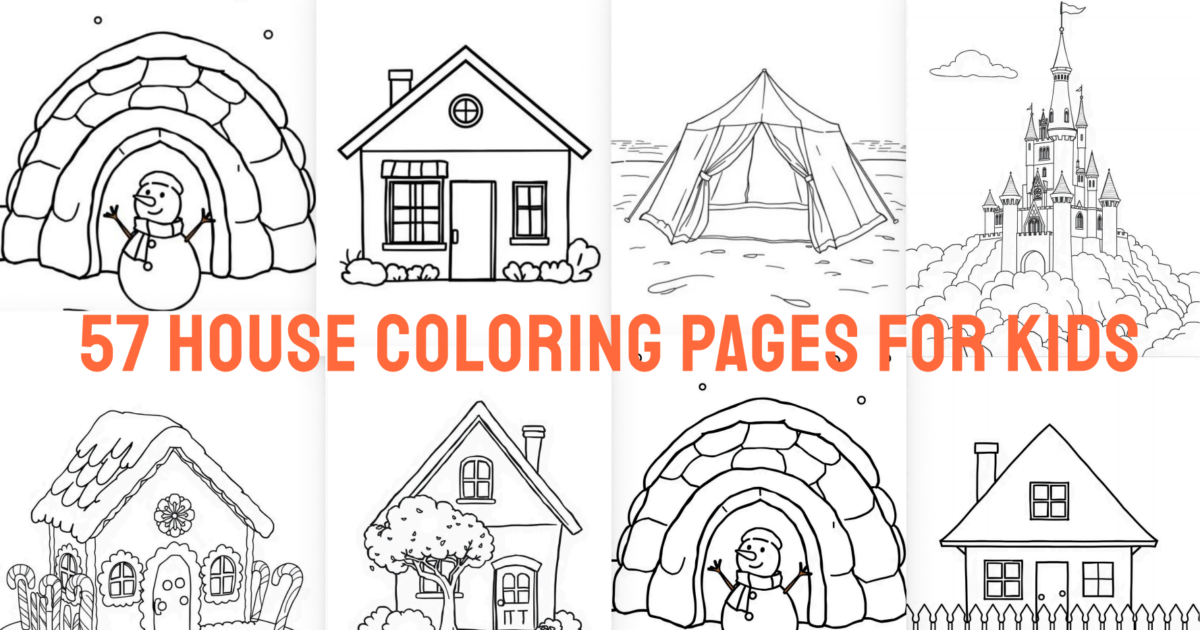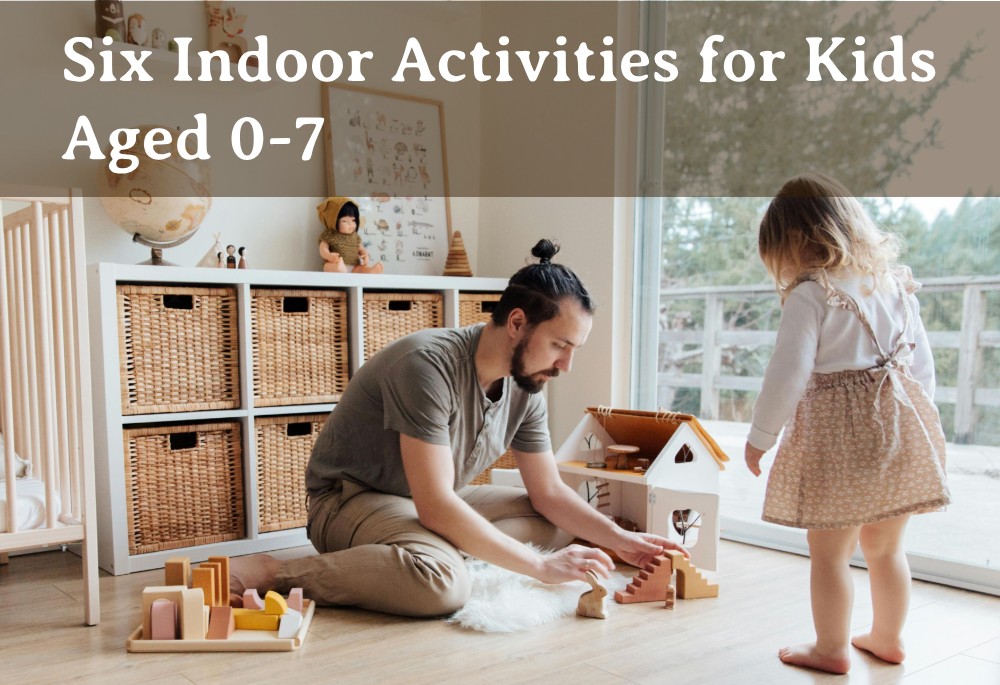
As parents, we often have to plan some activities suitable for children. Outdoor activities are a good choice, but when the weather is bad or time is limited, especially when the temperature is too high for outdoor sports, indoor activities for kids are our best choice. Indoor activities can keep children away from screens and stimulate their curiosity, creativity and hands-on ability. As an operator who has been deeply involved in the field of early childhood education, I know that children need fun and simple activities to enrich their indoor time. Today, let's talk about six indoor activities that are super suitable for children to help you easily accompany your children's growth! Let's explore together!
Content
-
Six Indoor Activities for Kids
- 1. Gamified Learning: Making Knowledge Fun
- 2. Storytelling: Stimulate Imagination and Cultivate Language Skills
- 3. Hands-on Practice: Learn by Doing and Cultivate Creativity
- 4. Indoor Exercise: Get Body Moving at Home
- 5. Emotional Education: Recognize Emotions and Learn Empathy
- 6. Scientific Experiments: Stimulate Curiosity and Explore the World
- How Do Coloring Pages Make Indoor Activities Fun?
- Conclusion: Use Indoor Activities to Light Up Your Kid's Childhood
Six Indoor Activities for Kids
1. Gamified Learning: Making Knowledge Fun
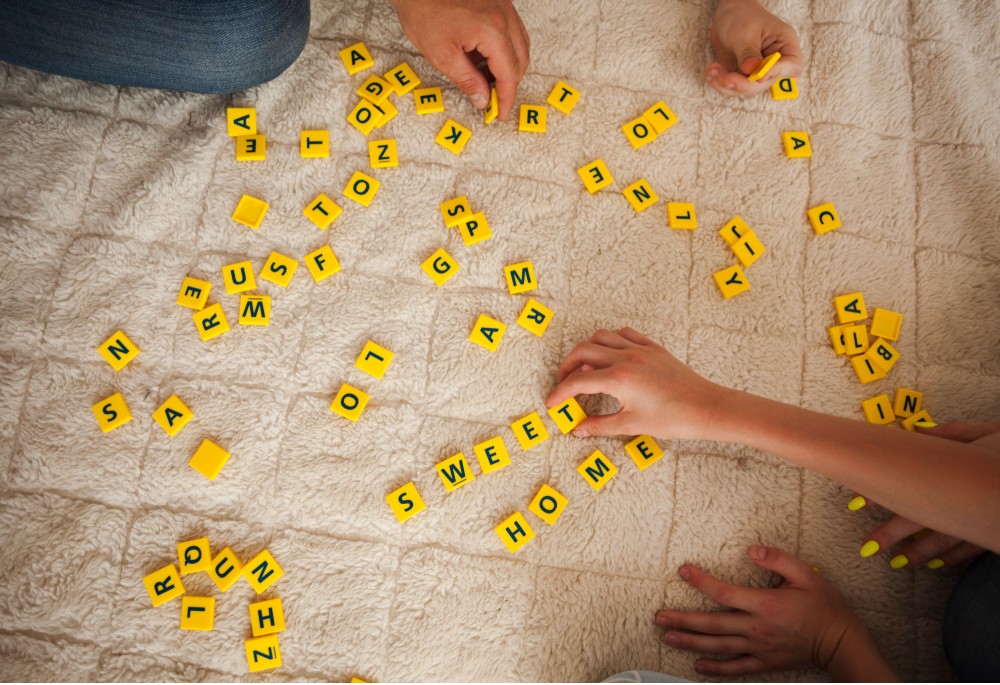
Gamified learning is at the core of kindergarten and preschool education (such as Head Start programs), which aims to develop children's cognitive and social skills through play. Indoor activities for kids can help them learn letters, numbers, shapes, and practice teamwork. For example, the "Letter Treasure Hunt" game allows children to find cards with letters on them at home and learn pronunciation while searching.
How to do it?
- 2-4 years old: Play simple shape puzzles and say "This is a circle, like a sun!" while assembling them
- 5-7 years old: Try the "Word Chain" board game, where children take turns saying words that start with a certain letter, which meets the "sight words" learning goal of American kindergartens.
- Real case: My friend in the United States shared that her 4-year-old boy loves to play "Indoor Treasure Hunt". His mother hid cards with numbers on them, and the child had to read them out loud after finding them. Not only did he learn 1-10, but he also practiced observation!
Tips
- Choose simple games that meet the American Common Core standards, such as teaching "sight words" or basic math concepts.
- Ask open-ended questions such as, "What do you think this letter sounds like?" to encourage children to express themselves.
2. Storytelling: Stimulate Imagination and Cultivate Language Skills
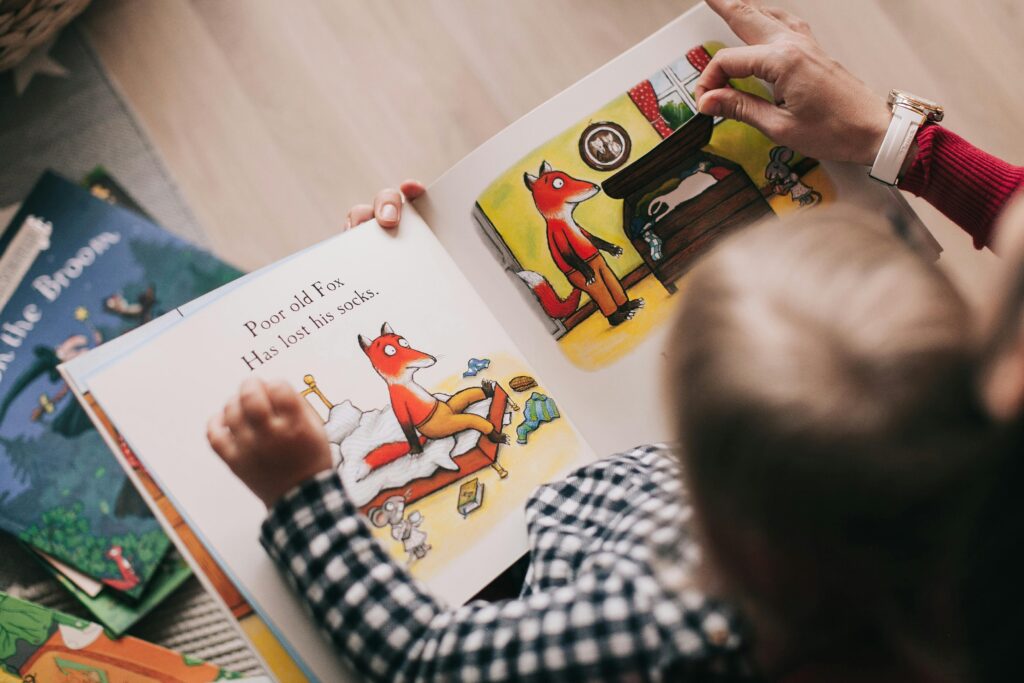
Storytelling is a "magic weapon" in indoor activities for kids and is particularly important in early childhood education. Whether it is through picture books or oral stories, it can improve children's language skills and empathy. Kindergartens often use the "read-aloud" strategy to encourage parents and children to read picture books together and cultivate reading interest. Stories can also help children understand multiculturalism, such as reading "The Snowy Day" to explore life in different backgrounds.
How to do it?
- 0-3 years old: Choose picture books with more pictures and less text, such as "Brown Bear, Brown Bear, What Do You See?" to teach children about animals and colors.
- 4-6 years old: Ask open-ended questions after reading the story, such as "Why do you think the protagonist does this?" to stimulate critical thinking.
- Real case: My little niece loves to listen to "The Very Hungry Caterpillar". Every time she finishes reading it, she imitates the caterpillar "eating" fruit, and she also learned English words from Monday to Sunday!
The magic of toddler coloring pages
After the story is told, give your child a toddler coloring page related to the story, such as a caterpillar or apple coloring page, and let them recall the story content while coloring. This not only consolidates language learning, but also exercises fine hand movements, perfectly integrated into indoor activities for kids.
As for coloring pages, you can search online, or use our Text-to-Coloring-Page function to let AI automatically generate the coloring page you want, which is very convenient! You and your child can chat while coloring to enhance parent-child interaction.
Tips
- Let your child "continue" the story with coloring pages, such as drawing a new adventure for the caterpillar.
- Putting your child's work on the wall can create a sense of accomplishment, inspire them to fall in love with reading, and also decorate the room haha.
3. Hands-on Practice: Learn by Doing and Cultivate Creativity
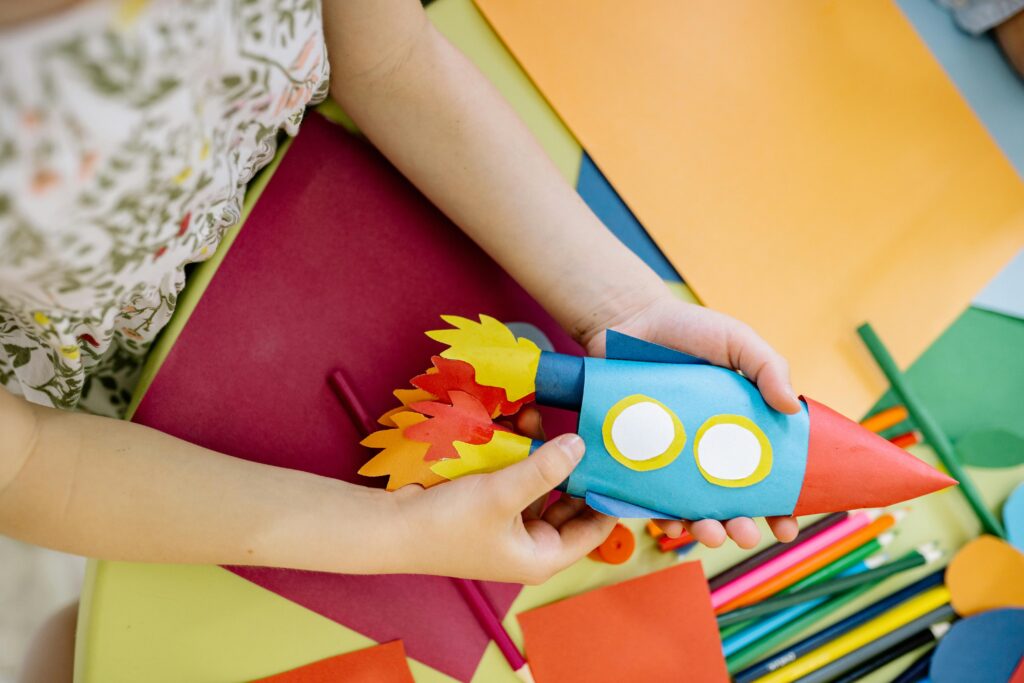
Early childhood education (such as the Montessori and Reggio Emilia methods) emphasizes "learning by doing", fosters creativity and problem-solving skills through hands-on activities. Indoor activities for kids such as origami, painting, or making crafts with waste materials allow children to learn by doing.
How to do it?
- 3-5 years old: Try simple origami, such as origami airplanes, to teach children to recognize triangles and symmetry.
- 5-8 years old: Make a "robot" with waste paper boxes, and encourage children to design and tell the "story" of the robot.
- Real case: My neighbor's child made a "spaceship" with colored clay, and discussed NASA's rockets with his father while making it, and learned a lot of space knowledge!
The wonderful use of coloring pages for young children
Coloring pages are the go-to indoor activities for kids! Children hold colored pens and fill in patterns, which not only exercises fine hand movements (in line with the kindergarten's "fine motor skills" goal), but also cultivates concentration. We have many simple free coloring pages suitable for children aged 3-6. After coloring, children can cut out their works and make them into cards, which will boost their creativity!
Tips
- Provide a variety of brushes (crayons, watercolor pens, colored pencils) to let children try different coloring methods.
- Don't correct children's "coloring mistakes", such as coloring outside the box, it is more important to play freely.
4. Indoor Exercise: Get Body Moving at Home
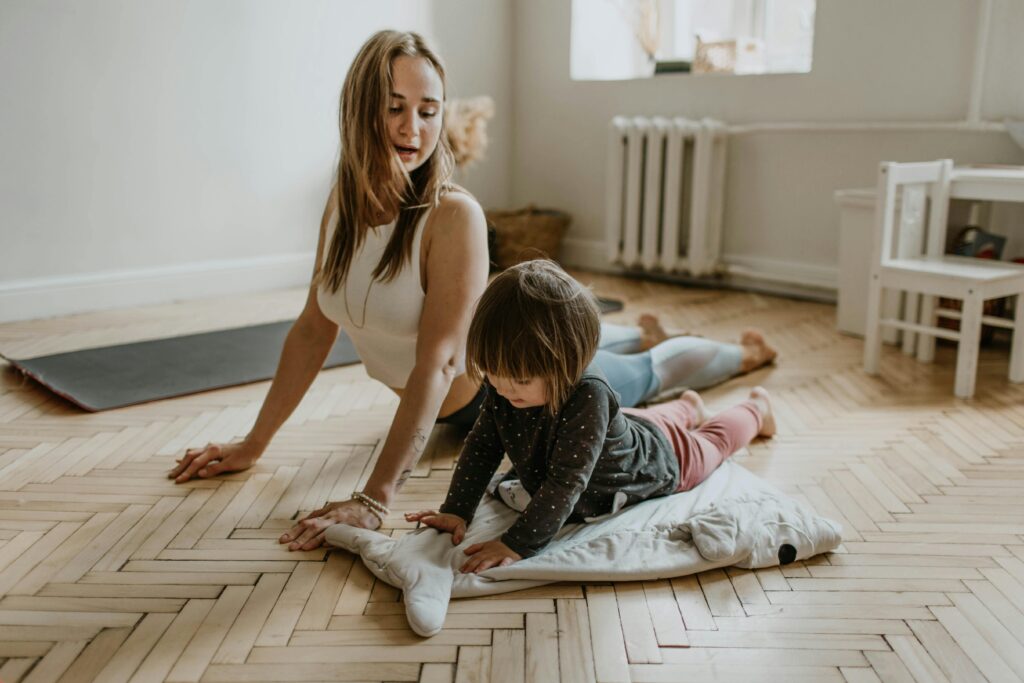
The American Academy of Pediatrics (AAP) recommends that young children exercise for at least 60 minutes a day, even indoors! Indoor exercise for kids not only promotes physical health, but also improves children's coordination and self-confidence. For example, set up a "living room obstacle course" and let your child climb over pillows and crawl through chairs, which is full of fun.
How to do it?
- 2-4 years old: Play "imitation animals", such as learning frog jumps or kitten crawls, to exercise coordination.
- 5-7 years old: Try "indoor yoga" and teach your child simple "tree pose" or "cat pose", which is in line with the kindergarten's "gross motor skills" training goal.
- Real case: I took my nephew to play "the floor is lava" in the living room. He had to jump onto the carpet or sofa to avoid "falling into the lava". He was sweating and also practiced balance!
Tips
- Make sure the indoor space is safe and remove sharp objects.
- After exercise, ask your child "Which action is the most fun?" to enhance parent-child communication. At the same time, you can also observe where your child is lacking and strengthen training in this area.
5. Emotional Education: Recognize Emotions and Learn Empathy
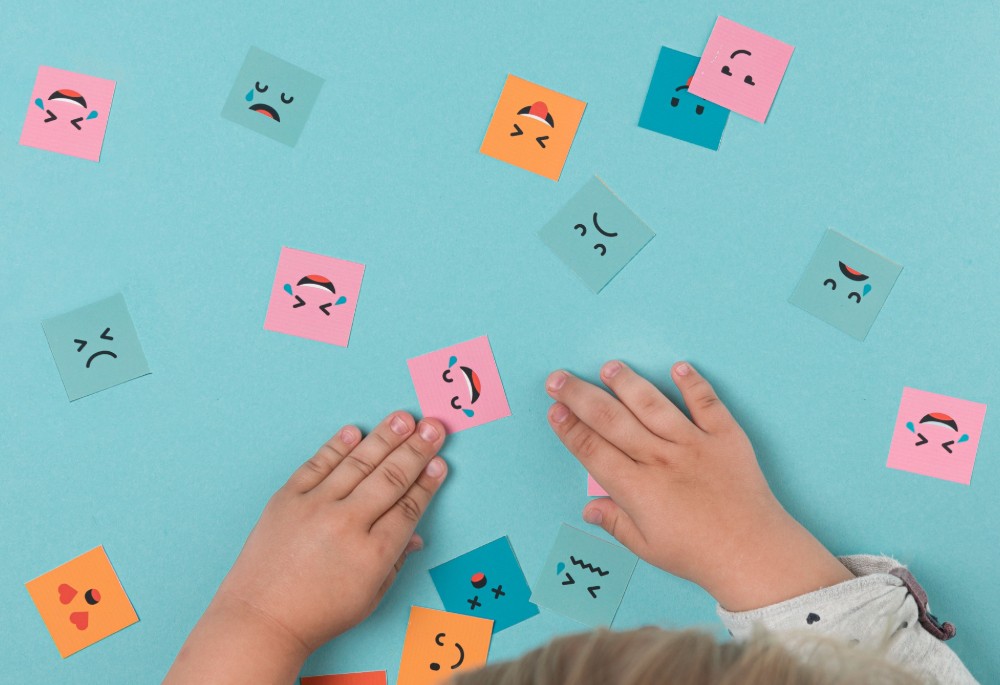
Early childhood education pays more and more attention to SEL (Social-Emotional Learning), helping children recognize and manage emotions and cultivate empathy. Indoor activities for kids provide a quiet setting for emotional education, such as discussing the feelings of characters through cartoons or picture books.
How to do it?
- 2-4 years old: Use expression cards to teach children to recognize "happy" and "sad" and let them imitate expressions.
- 5-7 years old: Try "emotional diary", let children draw their daily moods, and parents discuss together.
- Real case: My friend's child used to lose temper. His mother showed him "Inside Out" and then drew "angry little monsters". After drawing, they talked about why they were angry. The child gradually learned to express emotions.
Tips
- When children are in a bad mood, hug them and say "I know you're upset, let's talk about it."
- Ask "Why is this character crying?" when watching cartoons to cultivate empathy.
6. Scientific Experiments: Stimulate Curiosity and Explore the World

American STEM education (Science, Technology, Engineering, Math) has been highly valued since the early childhood stage. Indoor scientific experiments are a good way to stimulate children's curiosity. Simple experiments can not only teach children scientific knowledge, but also cultivate observation and reasoning skills.
How to do it?
- 3-5 years old: Do the "rainbow milk" experiment (using milk, food coloring and detergent), observe how the colors spread, and teach children the concept of "mixing".
- 5-8 years old: Try the "volcanic eruption" (using baking soda and vinegar), let the children record the "eruption" process, and practice scientific observation.
- Real case: The little girl of my colleague's family did the "balloon rocket" experiment (using ropes and balloons to simulate rockets). Not only did she have fun, but she also had a preliminary understanding of "thrust"!
Tips
- Use safe materials at home, such as food coloring, vinegar, etc.
- After the experiment, ask the child "Why do you think this is the case?" Encourage them to think and tell them the real principle at the same time, which can deepen their understanding of knowledge.
How Do Coloring Pages Make Indoor Activities for Kids Fun?
Coloring pages are the "all-rounder" of indoor activities for kids. They are simple, cheap, but can bring great results! Coloring pages are often used in kindergartens and at home to help children achieve the educational goals of "fine motor skills" and "creative expression". It can be integrated into storytelling and handcraft scenes, or it can be used as a quiet activity alone, suitable for rainy days or moments that require concentration. Here are its three major advantages:
- Exercise fine hand movements: Coloring requires children to hold the pen and control the strength. Children aged 3-6 can significantly improve their hand coordination through coloring, laying the foundation for writing.
- Cultivate color cognition and aesthetics: From "apples are red" to "the sky can be painted with gradient colors", children learn to observe and match colors, and their aesthetic ability is quietly improved.
- Stimulate creativity and concentration: A blank coloring page is like a canvas. Children can play freely and paint their own imaginary world, while their concentration is also improved.
As mentioned above, we provide free printable coloring pages with simple patterns and rich themes, such as Hello Kitty, Spiderman, Mario, and various animals coloring , suitable for children aged 2-7.

We also support converting text into coloring pages, or converting pictures into coloring pages, which are all free and can be printed out by parents for use at any time, which is low-cost and convenient. Whether it is used as a "flavoring agent" for parent-child activities or as an auxiliary tool in kindergarten classrooms, coloring pages can make indoor activities for kids more interesting!
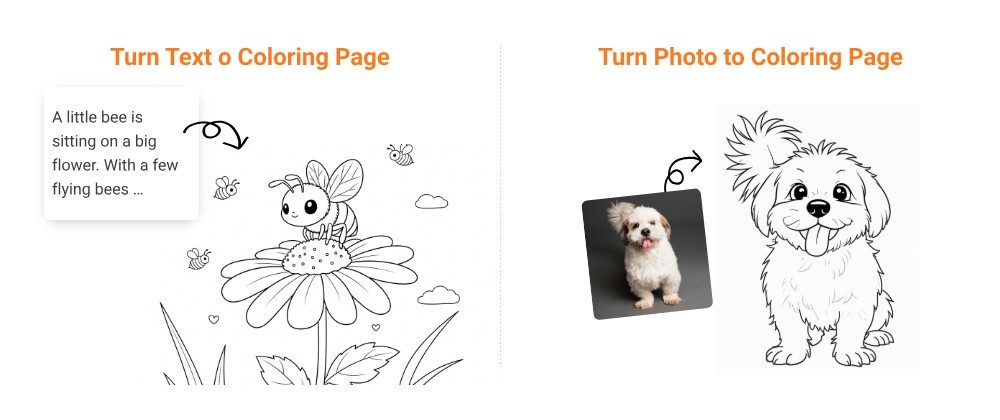
Real case
A mother in New York shared that her 5-year-old boy used to clamor to watch iPad on rainy days, but after using our website design aviation series coloring pages, the child was busy coloring rockets and astronauts every day, and also learned the English words "moon" and "star". The mother said that the coloring pages turned her child from a "screen control" to a "creative little master"!
Conclusion: Use Indoor Activities to Light Up Your Kid's Childhood
Indoor activities for kids are not only a way to pass the time, but also a good opportunity for children to learn and grow happily at home! From gamification to scientific experiments, these six activities can help children develop creativity, language skills and emotional intelligence while having fun. As a simple and versatile tool, coloring pages can be easily integrated into these scenes to help children exercise their hands-on skills, recognize colors, and stimulate creativity. Dear parents, why not try these indoor activities, play and learn with your children, and create more warm parent-child time!
If you are interested in coloring pages, please visit our website iColoring, download free coloring pages, or create the coloring pages you want (super simple), to make your child's learning journey happier! If you have any questions, please email us ([email protected]), or follow our X account (https://x.com/Icoloringai) to leave us a message!
